Mary Poppins Returns
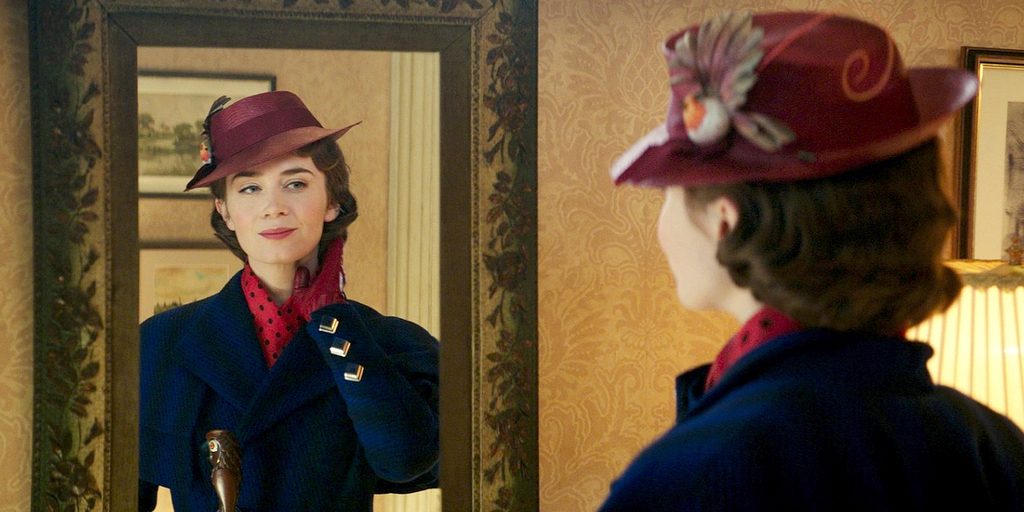
Three years in the works and 54 years since the debut appearance of its titular heroine, Mary Poppins really does return, this time with the ever-talented Emily Blunt embodying the role of the magical English super nanny. “How can it be done?” voices ask; “Will it be different or will it be the same?”. Well, with the additions of Emily Mortimer, Ben Whishaw and Lin Manuel-Miranda to the cast, and with Chicago and Into the Woods director Rob Marshall at the helm, it seems the highly anticipated sequel is in safe hands. But careful as you go, Mr Marshall. Don’t underestimate the physical and emotional size of the task at hand. You are holding the childhood dreams of thousands in you palms. All enter the cinema with bated breath and fingers crossed.
Mary Poppins Returns sees not only the reappearance of the eponymous protagonist, but also the Banks family and 17 Cherry Tree Lane. In the 20 or so years that have passed, times have not been easy for Michael (Whishaw) and Jane Banks (Mortimer), following the passing of their late father George and the loss of Kate, Michael’s wife and mother of his three children. With debts piling up and the bank threatening to repossess their home, the family are in desperate need of help, and who else should answer their call for aid but Mary Poppins, who emerges from a blusterous sky, clutching onto the tattered old kite from 20 years previous.
Although a nanny may not be what Michael believes his children need right now, Mary’s spoonful of sugar is actually intended for him and Jane, as a remedy that she hopes might reconnect Michael in particular with the whimsical joys of youth which he has come to neglect over the years. With the help of local lamplighter Jack (Miranda), the Banks children and their nanny seek to shine light upon the house once more, whilst also taking on the chairman of the Bank Mr Wilkins in a bid to save their beloved family home.
The first act of the feature is a complete joy, harking back to the film’s 1964 predecessor with colourful songs alongside fabulous modern and classic animation. The musical numbers resemble familiar tunes – though this time rewritten with different lyrics – making it impossible not to watch without a smile. All credit to composer Marc Shaiman, who makes the magical elements of the movie all the more absorbing with a score that proves a match made in heaven when paired with the glorious cinematography of Dion Beebe. The new soundtrack ultimately proves less memorable than the hits that are so loved from the original picture, yet despite the loss of catchiness, the songs still make you feel warm and fuzzy inside, and nonetheless live up to expectations.
A spoonful of sugar may well make the medicine go down, but in this instance, the performances of the cast make it all the more easy to swallow. Blunt is practically perfect as the iconic British nanny, purposefully playing her with a sharp edge and cunning wit after openly confessing that she by no means aimed to model her rendition on Julie Andrews’s original depiction. The musical numbers show this too, with A Cover is not the Book showing a very different side to Mary Poppins that the original adaptation wouldn’t dream of doing. Is this a positive or a negative? That’s simply down to how you view the film and how tightly you hold onto the core elements of the classic tale. Either way, Blunt is a delight, showing flavour and cordiality as well as adding her own stylish pizzazz to the role, owning each musical number with a classy flamboyance that oozes a contagious excitement and enthusiasm.
The picture also presents one of Whishaw’s greatest and most moving performances to date. His maturity as an actor really shows in his portrayal of the widowed Michael struggling to manage fatherhood alongside work and financial difficulties. The plot itself could have done with a little more consideration and fleshing out to support his character’s story arc, with similarities between his and the original George Banks’s motifs being apparent but not particularly explored or developed in enough detail to significantly dictate the story. The problem with this ineffectual hugging of the first film’s structure is that you will be left either enamoured with the narrative or simply wishing you were watching the original in all its wonder. With the movie starting so well, it’s a shame to see it marginally lose sight and direction in the second act. Thankfully, it does resurrect itself by the end, but not without losing some of the overall message.
Mary Poppins Returns offers its own charm in and amongst allusions to the first instalment, and although it may lack the perfection of the original (and if you look beyond sequences that include BMX-style bike riding in 1930s London), the movie is a reasonable success for both fans of old and new. Will another follow? Perhaps not, but that is the beauty of Mary Poppins: you just never know when she might show up again.
Guy Lambert
Mary Poppins Returns is released nationwide on 21st December 2018.
Watch the trailer for Mary Poppins Returns here:

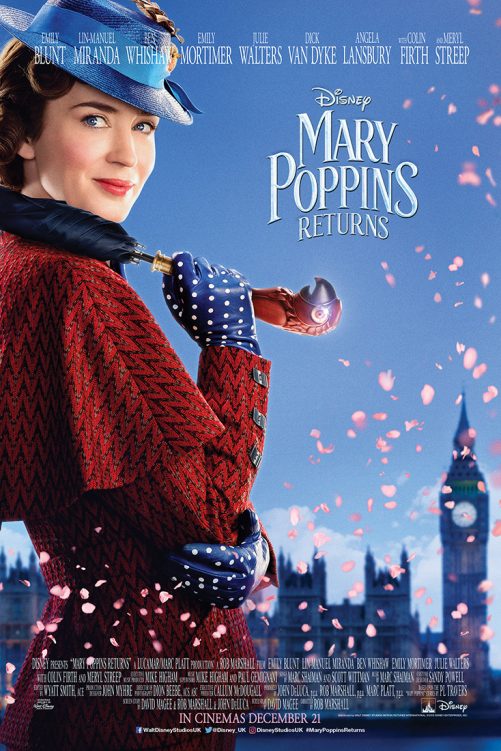
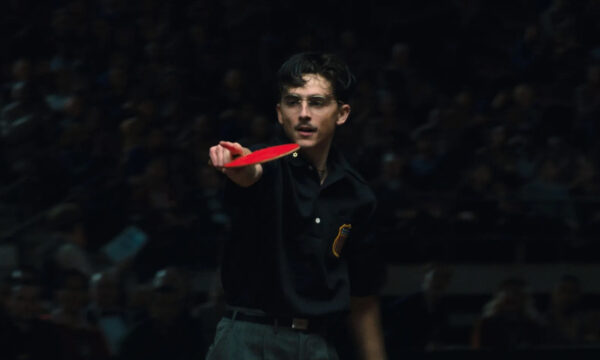
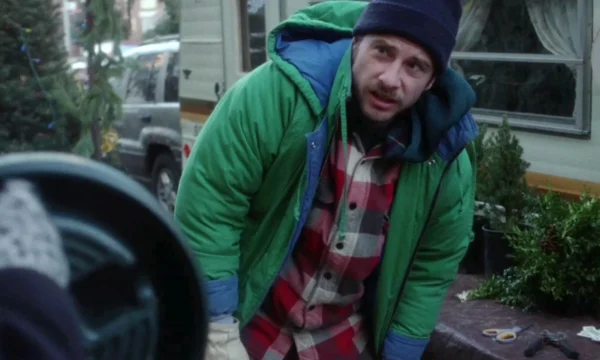
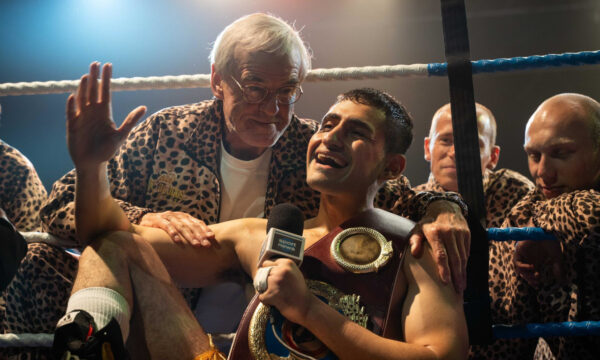

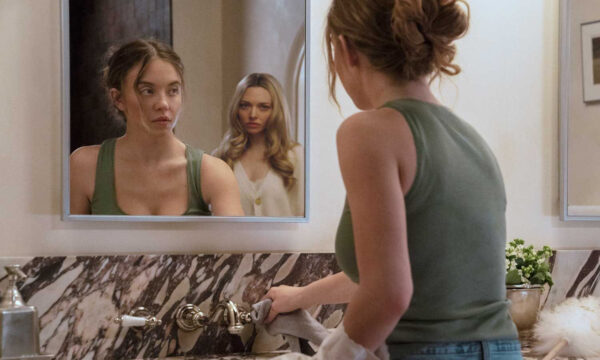
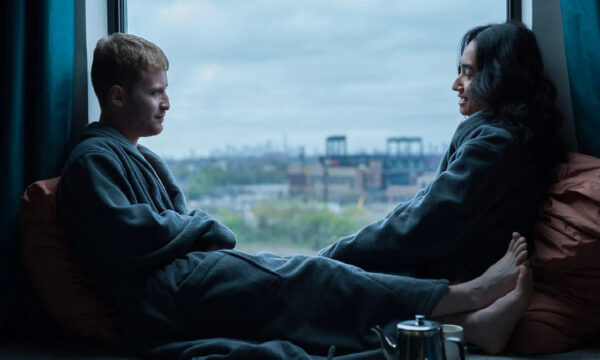
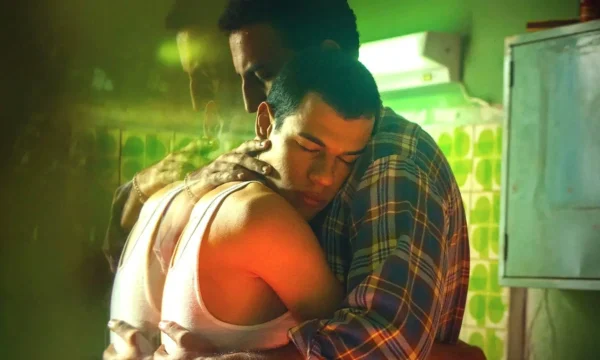



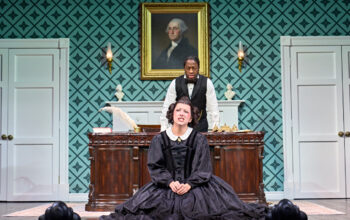

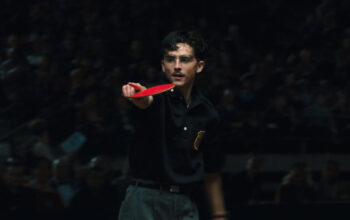

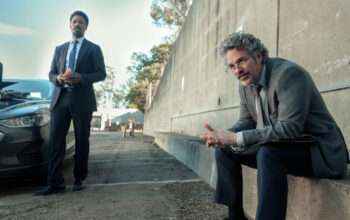
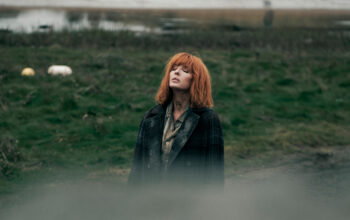
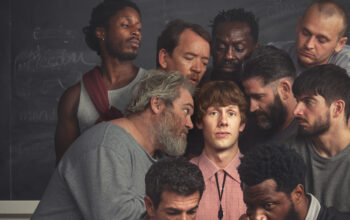
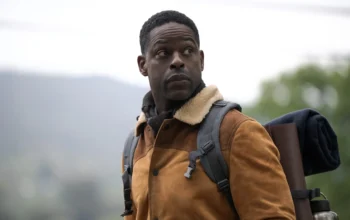





Facebook
Twitter
Instagram
YouTube
RSS